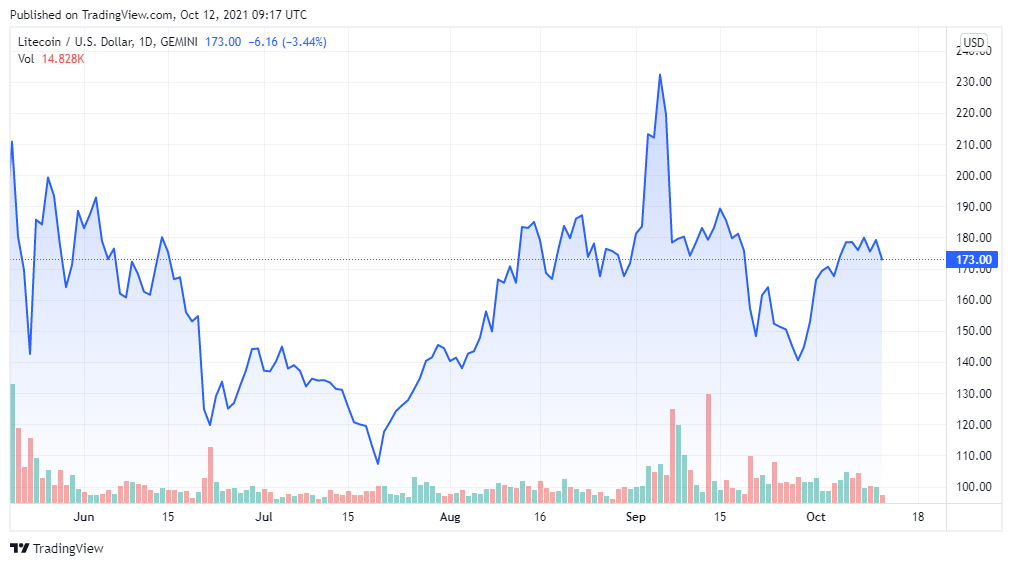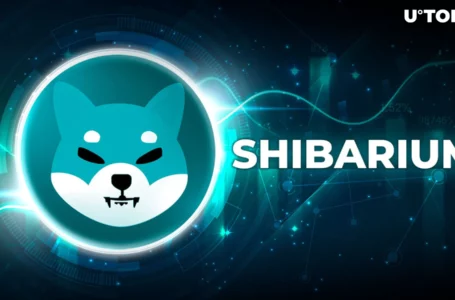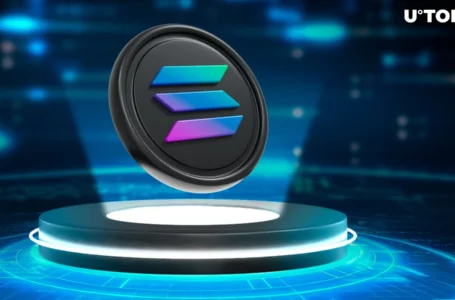
The last time we talked to Litecoin, its developer Charlie Lee left Coinbase to concentrate on his own task. The mission at hand was implementing SegWit in the Litecoin blockchain, which is easier said than done. This story is as amazing as they come. It has twists and turns and it ends with a bang. Through the following tale, we’ll learn a lot about consensus. One of the most strange elements of the cryptocurrency area is how choices are made. Are you ready to learn through a practical example?
But prior to we enter into it, let’s let Mr. Lee himself define SegWit:
“SegWit stands for Segregated Witness. It’s basically an upgrade that would separate out the signature (i.e. witness) from the transaction.”
By extracting the signature, transactions occupy less space. So, each block can hold more transactions. SegWit successfully increases the block size limitation of the blockchain.
That being said, let’s get back to Litecoin ’s 10-year history.
Why Did Charlie Lee Wanted Litecoin To Implement SegWit?
At the time, in the Bitcoin network, miners were obstructing SegWit. “Basically the fear was that once SegWit is activated, miners can steal any coins sent to SegWit addresses. Anyone technical enough knows that this was not true.” So, Lee’s strategy was to execute SegWit on Litecoin to reveal everybody that the upgrade was safe, and therefore assist clean up the FUD that surrounded it.
Bitcoin’s Testnet wasn’t helpful in this case because its coins are worthless, so it doesn’t provide an incentive for bad actors to attack it. It couldn’t “test out the game theory of the blockchain.” On Litecoin, on the other hand, there would be “incentives for people to attack it. If miners can steal millions from anyone-can-spend coins, they would.” Besides helping Bitcoin beat the FUD, Charlie Lee had other reasons to implement SegWit in his project.
“So you may wonder why I’m pushing for SegWit. Litecoin does not have a block size problem. That’s right, and SegWit is not just a block scaling solution. The main fix is transaction malleability, which would allow Lightning Networks (LN) to be built on top of Litecoin.”

The Foundation Of The Litecoin Foundation
A quick subsection, because this series is about Litecoin’s history. While the SegWit story developed, Warren Togami stepped down as lead designer. Shaolin Fry joined the team specifically “to help us get SegWit activated on Litecoin.” Loshan and Thrasher also joined to help with the code.
At the exact same time, they developed The Litecoin Foundation with Xinxi Wang, Franklyn Richards, and Charlie Lee himself as Directors.
Enter The Bad Guy Of The Movie
It’s time for the Litecoin and SegWit story to meet that legendary period known as The Blocksize War. At the time, mining was a reasonably central affair and Bitmain was the… primary gamer. They produced the “most efficient ASICs” and miners were heavily incentivized to vote with them… or else.
“The co-founder of Bitamin, Jihan Wu,is a big supporter of scaling Bitcoin onchain,” Lee informs. That means, he was against SegWit and against The Lightning Network as scaling solutions. Jihan Wu was in the camp of simply forking Bitcoin to increase block sizes, a notion that the community ended up rejecting. However, at the time, Wu was singlehandedly stopping SegWit adoption in Bitcoin. And he had excellent impact over Litecoin too.
So, how could Charlie Lee and his band of misfits circumvent this huge obstacle blocking their way? The difference between Bitcoin and Litecoin is me,” he said. “Bitcoin is more decentralized. There’s no one to come out to speak on what their vision of Bitcoin is.” Lee might and did promote his assistance of SegWit amongst the miners and attempted to seduce a few of them to vote his way. “Anyways, this was what I set out to do. I met and talked to many miners throughout the end of 2016 to early 2017.”
We understand that his strategy worked, however it was a lot more difficult than anticipated. Jihan Wu had the resources and influence to render his efforts obsolete, plus he had an ace up his sleeve. How did Charlie Lee continued? How did he make SegWit on Litecoin happen and who stepped up to the plate to help him? Find all of that and more in tomorrow’s next and last episode of Litecoin ‘s 10-year history.


















